
Hair Color Wheel - Hair Dye Secret Weapon
The hair color wheel is a powerful tool for hair colorists to use in order to give us the best color and most flattering shades for our skin tone. Knowing the hair color wheel can help you ensure that your hair dye looks good and lasts. And we're finally ready to let you in on the secret!
What is the hair color wheel?
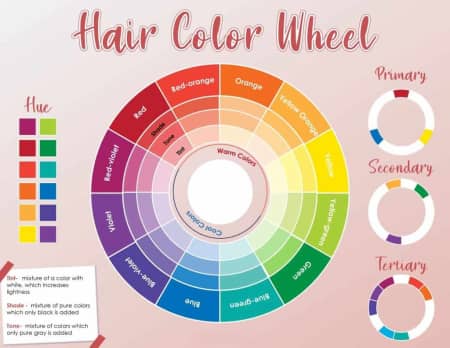
The color wheel for hair color has 12 colors: 3 primary colors, 3 secondary colors and 6 tertiary colors. The colors are divided into warm and cool tones.
Most hair color wheels are customized using numbers to make it easier to combine shades, while some charts even feature additional hair layers and undertones. This tool provides stylists with an efficient way to develop the best color for their clients.
How does the color wheel work on hair?
The color wheel makes use of color theory. Its main purpose is to help artists - painters, designers, colorists - understand the relationship between colors.
When coloring hair, stylists use their knowledge of the color wheel chart in hairdressing to combine shades and offset unwanted tones in the hair. Thanks to this amazing instrument, your hairdresser can figure out how to get the color you want.
Hair color theory
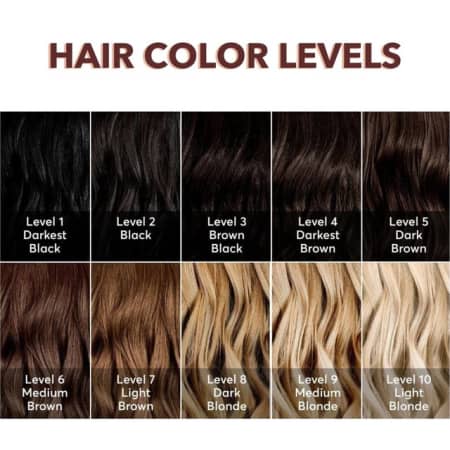
Color theory is the study of how color works. It shows what happens when you combine certain colors or remove tones from a color based on the color wheel.
In hair color theory, stylists use the color wheel to determine which colors complement each other and which colors blend to get a particular hue.
To understand how professionals do this, we will learn about hue, hair level and color intensity. We will also explain complementary colors.
Hair Hues
It's easy to use the word "hue" instead of "color", but did you know that it has a different meaning? Color is a general term for shade, tint or hue. Hue, on the other hand, refers specifically to a family of colors. For example, burgundy is a color with a red tint.
Hair Color Levels
You've probably heard your stylist say this word whenever you ask for color, especially if you ask for a blonde color.
Hair colors are numbered from ebony (1) to the lightest blonde (10), between dark, medium and light brown and blonde. However, some brands assign up to 12 bases to their products, so be sure to check the specific chart.
Hair Intensity
We've seen brightly colored hair. We are also familiar with light or pastel colored hair. This variation is influenced by what we call intensity, which is the strength of the color. Another word for intensity is saturation. Color is most intense in its pure form. You can make it darker or lighter by adding black or white.
Complementary Colors
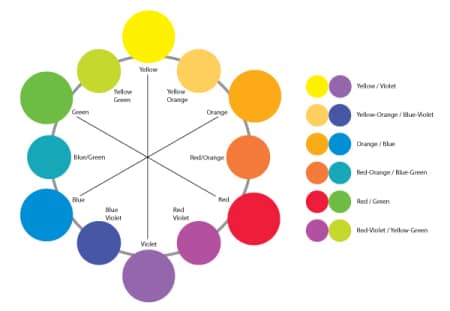
The colors placed on opposite sides of the color wheel are complementary. The first thing to notice about complementary colors is that they pop out when you place them side-by-side. This is because a pair of complementary colors consists of a cool tone and a warm tone, creating a contrast.
So when you want to highlight your eye color, you can choose a hair color that complements your eyes. In addition, complementary colors cancel each other out.
What does this mean? When you mix these shades, each loses its effect and becomes a neutral or natural color, such as brown, gray, or even white.
What if you've dyed your hair before reading this article and now your hair color doesn't make you happy? To fix a bad hair coloring job, use the hair color wheel's complementary colors for color correction. For example:
Yellow tones
If your light blonde or silver hair starts to turn yellow, you can use a purple shampoo to remove the unwanted yellow tones.
Orange tones
For dark blondes or brunettes who bleach their hair and end up with rusty hair, you can use a blue shampoo.
Some people may complain that the purple shampoo they use does not remove the brassiness of their hair. What do they have in common? Their hair is orange, not yellow.
This is why it's important to understand the color wheel. You need to use an actual shade that effectively neutralizes the color.
Red Tones
Often, people with medium to dark brown hair end up dying it red, even if they don't bleach it. This happens when their hair dries out from shampoo, is exposed to too much sun or gets soaked at the beach.
If you are one of those people and want the red tones to disappear, use a green toner.
Using the color wheel when coloring your hair at home
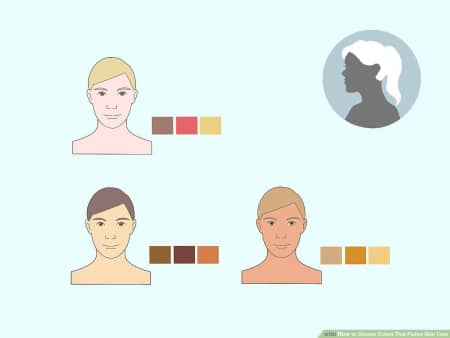
There are many color-related terms in color theory, and using a hair color wheel can be intimidating. But you don't have to be an artist to use it.
In fact, you can use this tool or the color theory we explain above to make the most of your DIY hair dye.
Choosing the right shade
The hair color wheel will help you find the right shade for your skin tone. Of course you must first determine your base color. You can get an idea of your skin tone by
Method 1: Look at the veins on your wrist.
Cool - your veins look blue or purple.
Warm - They are green in color.
Neutral - Your veins are either a mixture of blue and green or colorless.
Method 2: Wear gold and silver jewelry.
Cool - Silver looks pleasing to the eye.
Warm - Gold suits you better.
Neutral - Both gold and silver look good.
Method 3: Wear a white shirt out during the day.
Cool - Your skin looks pink.
Warm - Your skin looks yellowish.
Neutral - You look good in white.
Now, to find the most flattering shade, keep these considerations in mind:
● Warm hair colors such as russet, copper or blonde look best on warm-toned people.
● Cooler skin tones suit cooler shades of hair dye, such as mauve or ash blonde.
● If it's a neutral shade, then you're in luck, because any shade will complement your skin tone.
Get the color of your dreams
Whether you plan to DIY or let a professional do their job, you can have the gorgeous shade that's right for you. Before you color your hair, try studying the color wheel and color theory. Remember the colors that can be mixed and the colors that can cancel each other out. This way, you can formulate the best shade for your hair. Don't just look at pictures of beautiful colored hair. Come on, get it!
Read More:
Butterfly Cut-Add Volume And Texture To Your Hair

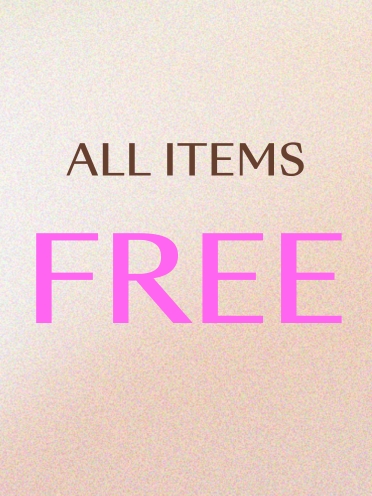
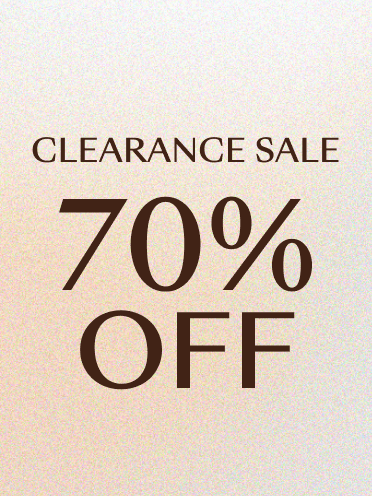
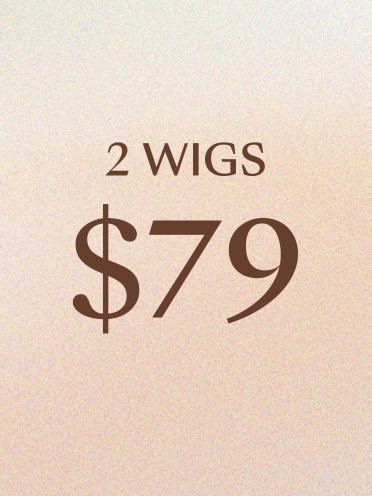


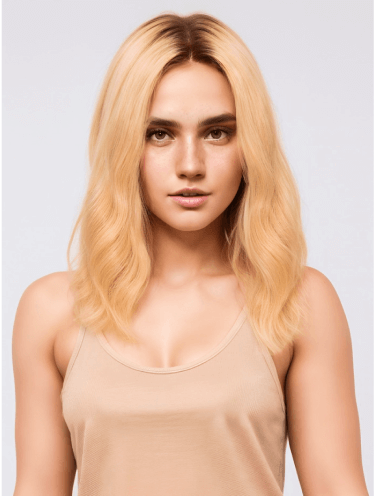
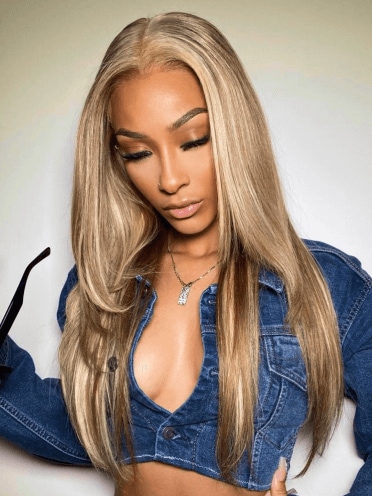
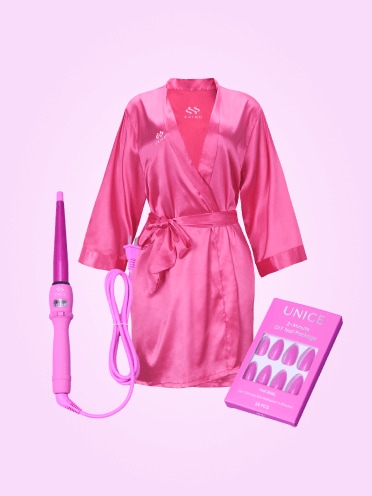
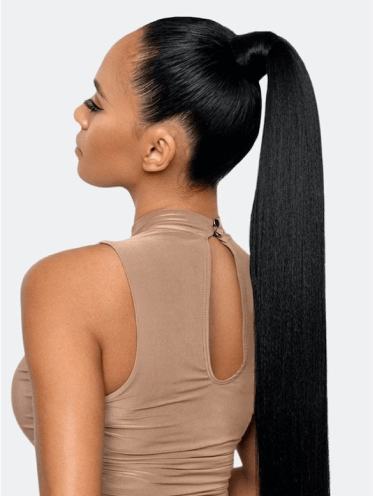



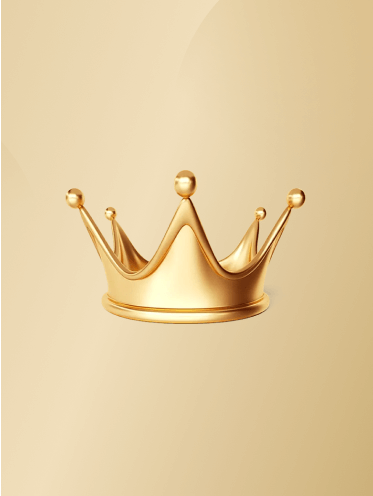
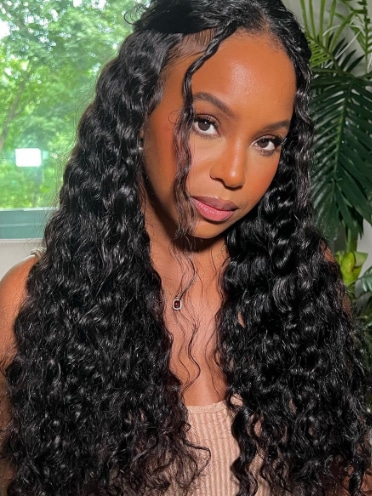
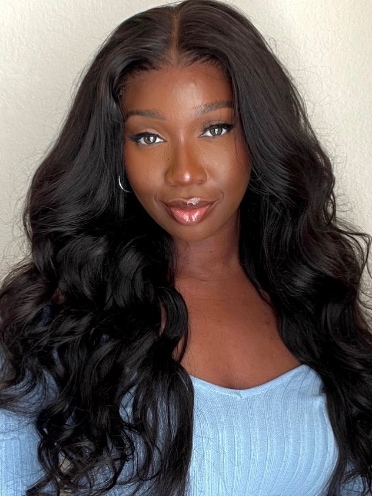



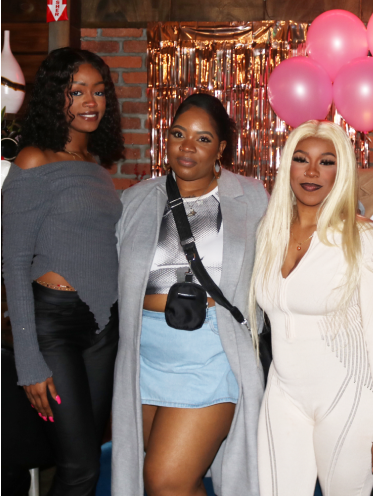
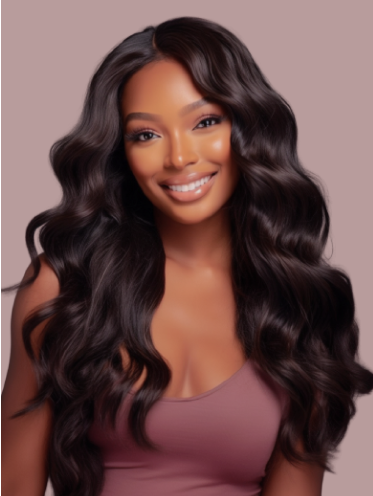
Submit Your comment